Color in Crochet
Using colour in crochet work is part of the fun
Finding new combinations of colour can change the feel of an item or garment.
It takes a bit of practice to be able to combine colours effectively. You want them to have a designer feel and not a homemade feel.
It is best to strive for hand-crafted and not homemade.
Choosing colour for your crocheted items
If you are making items like hats or scarves to sell then consider your colour choices well.
Most people will be attracted to the brights as a matter of course, but they won’t buy a yellow hat for themselves and moms don’t dress their babies in black either.
Know who is your customer and choose your shades accordingly.
Smart colour choices start at home before you get to the wool shop . You need to be prepared.
Take a colour chip or photo of the colour you want with you and have it before you get to the store where you can quickly become overwhelmed by the week’s “special promotions” from the retailers.
If you want to sell more hand crafted items then colour selection is the first step because it adds a built-in positive feature towards reaching your sales goals.
Colours for your age
If you wear colours that don’t suit your age you either look childish or old fashioned. Take care to select colours carefully.
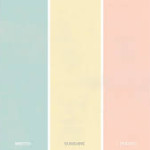 Colours for babies
Colours for babies
Babies look good in white and pastels. Lemon, lilac, mint green, baby pink and baby blue are all pastels.
These are good colours for infants up to the age of twelve months.
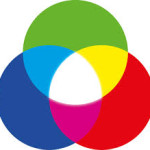 Colours for kids
Colours for kids
Kids aged from one to twelve years look good in primary colours like red, yellow and blue.
Shocking pink, magenta and purple for girls and denim blue and green for boys.
Colours for teens
Teens can start to tone down the childlike brights and go for dusky shades like grey blue, maroon and olive.
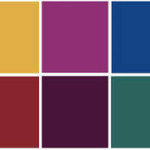 Colours for adults
Colours for adults
Adults look good in darker shades like black navy and maroon and olive.
Jewel colors always look good on adults.
Grown-ups should stay away from pastels.
Colours for seniors
Seniors are the older group which favours pastels again like lilac, lemon and pale baby blues.
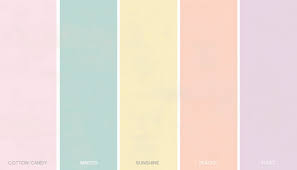 Soft tones compliment a fading complexion and whiter hair.
Soft tones compliment a fading complexion and whiter hair.
Pastels are non-confrontational colours.
Hues
Do not mix colours from different hues. A hue is the same shade of mixture with black as the other.
The Colour Wheel
Primary colours
The three primary colours are: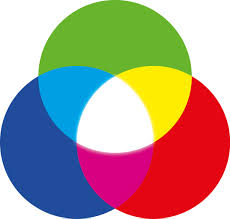
- Red
- Yellow
- Blue
Secondary colours
Secondary colours are the three colors that result when you mix two of the three primary colours and they are:
- Green (from mixing yellow and blue)
- Orange (from mixing red and yellow)
- Purple (from mixing blue and red)
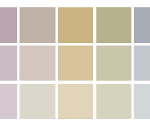 Neutrals
Neutrals
Neutrals is a broad palette comprising all the softer colours with white or black added.
They are sometimes referred to as non colours.
Typically neutrals are shades of:
- Cream
- Beige
- Grey
- Off white
Neutrals look good on teens, adults and seniors. They are not good for babies and kids.
Fun colours
When you go into the wool shop it is tempting to choose bright colours as they are related to having fun and you subconsciously think your crochet will be more fun in bright colours.
Save the bright yarns for granny squares and blankets.
Its like the ubiquitous Christmas jersey., full of charms hanging off it and twinkle and bells. Save the dangle for the tree and not on your body.
This is why many home made items look home made.
If you are making bags don’t make them in orange and purple. But in black, beige, taupe and dark grey as these are the colours people want.
Primary
Red, yellow and blue.
Secondary
Orange, green and purple.
Tertiary
Turquoise, salmon, guava, sandalwood, lime and fuchsia.
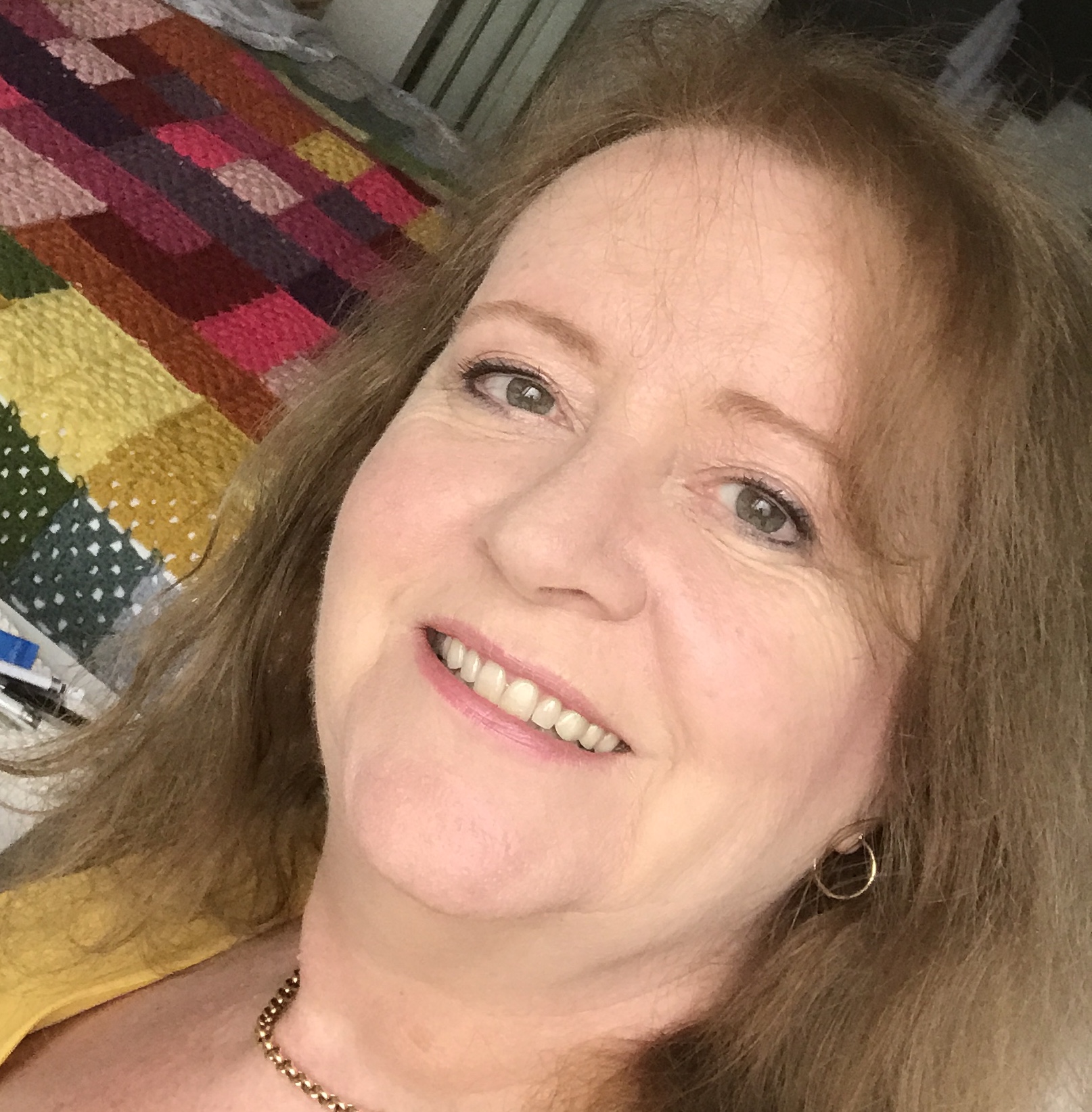
Author Bio
Alison Heathcote, a passionate crochet enthusiast and dedicated business blogger, combines her love for crafting and entrepreneurship to inspire and connect with others.
With a knack for transforming yarn into beautiful creations and a flair for sharing valuable insights about running a successful crochet business, Alison embodies the perfect blend of creativity and practicality.
More Articles
If you enjoyed this post and crochet is your thing, you may like some other crochet articles from our blog.
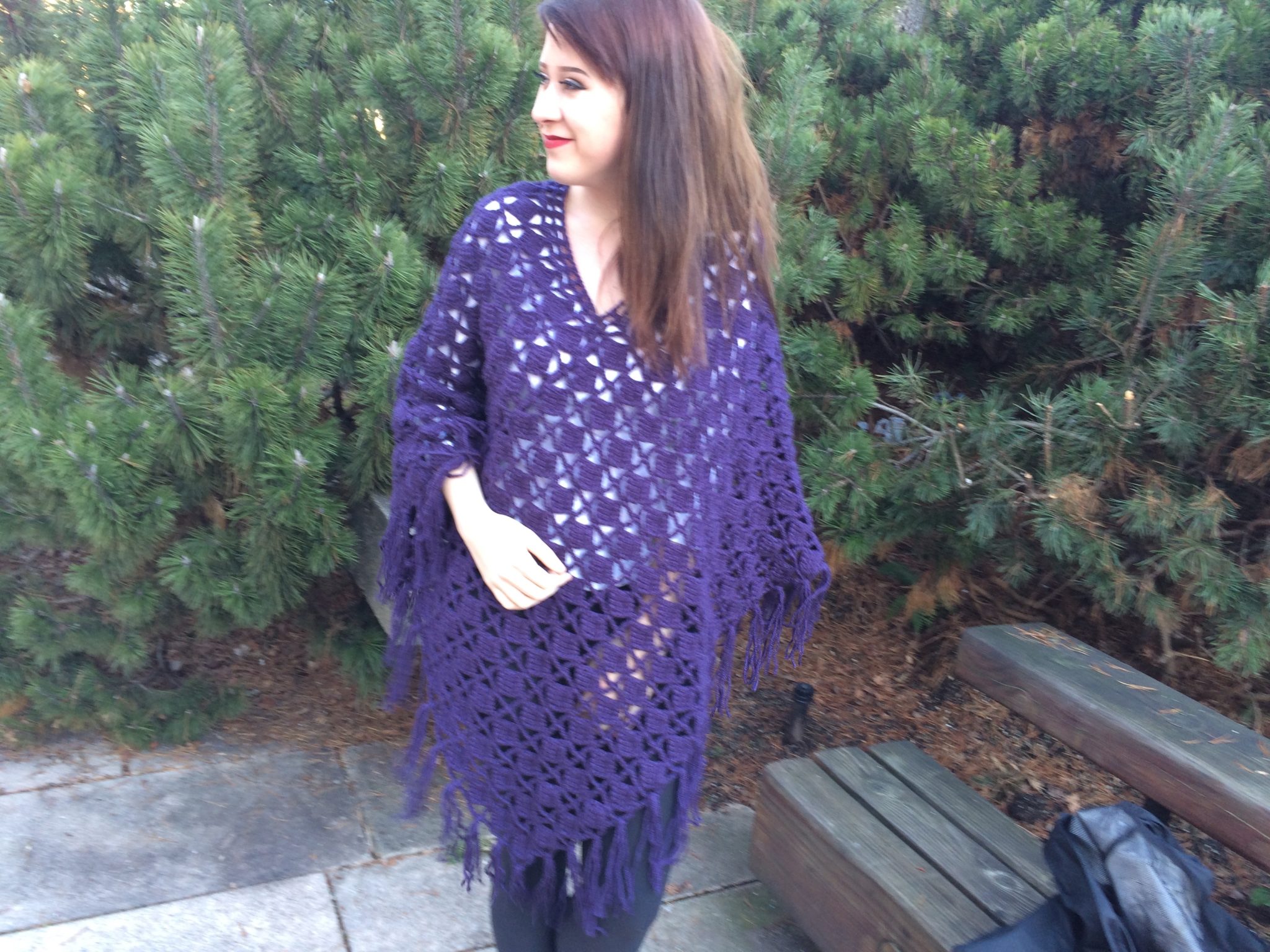
All About Crochet Ponchos
Discover about how modern poncho designs, with fronts and backs, are more flattering, streamlined and look good.
The 3 Types of Crocheter
Are you the type of person who only has cable TV in your home so you have to watch adverts and a canned newsreel? Do you ever buy the specialized channels and perhaps pick up the BBC or the science channel even though you have to pay for them? How about Netflix? Would...
The Crochet Wars
The war between knitters and crocheters continues unabated. If you are not a knitter or a crocheter you may not be aware of the subtle war that rages on in parlours and coffee shops across the land. I was chatting with my friend Nicole at Canadian Frost Apparel the...